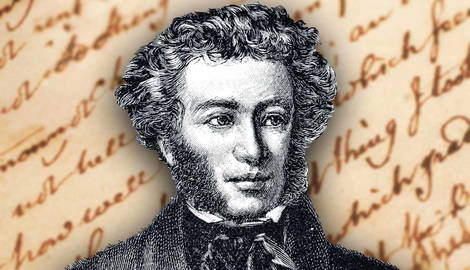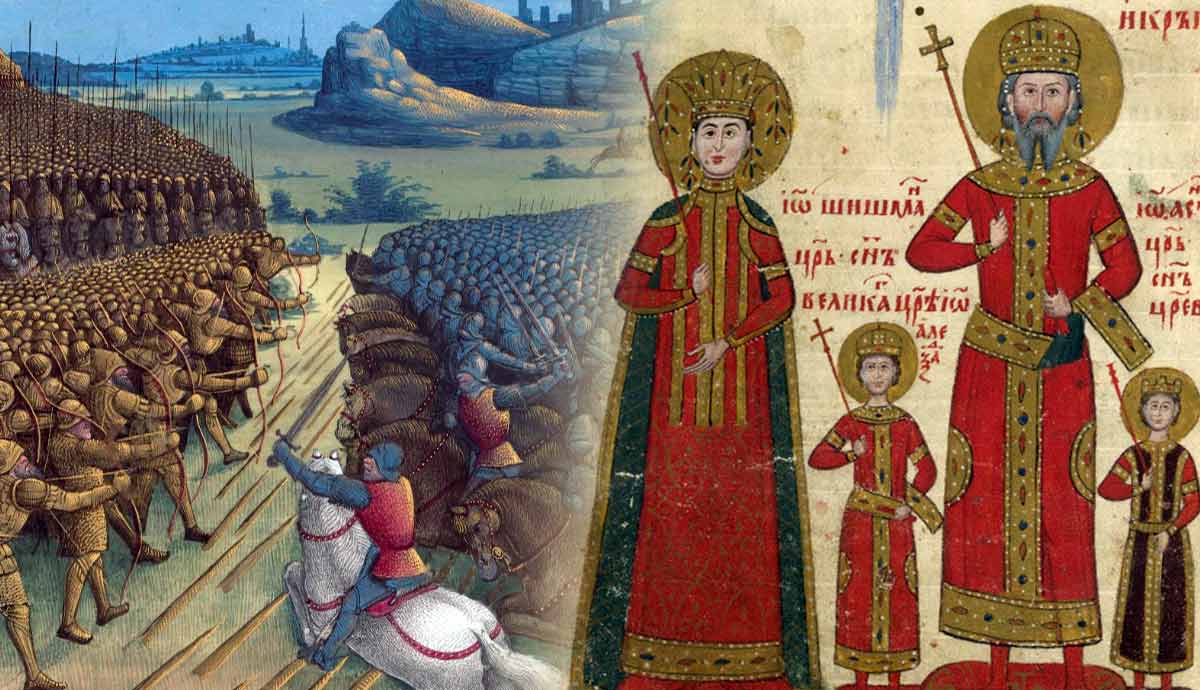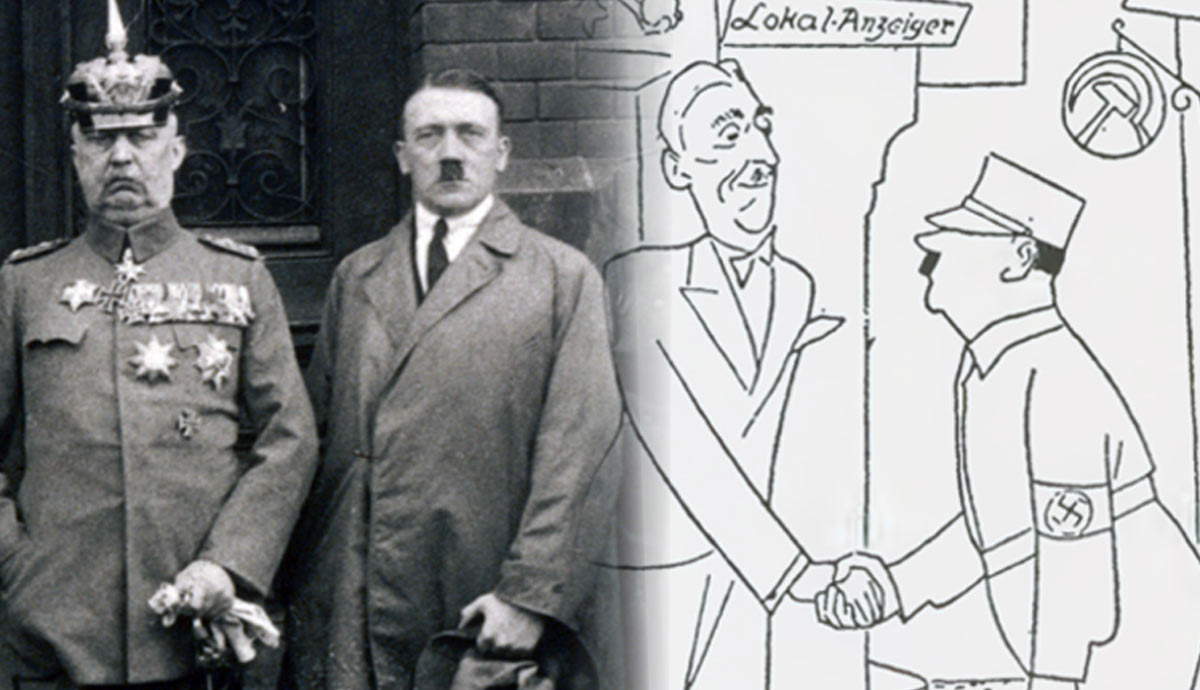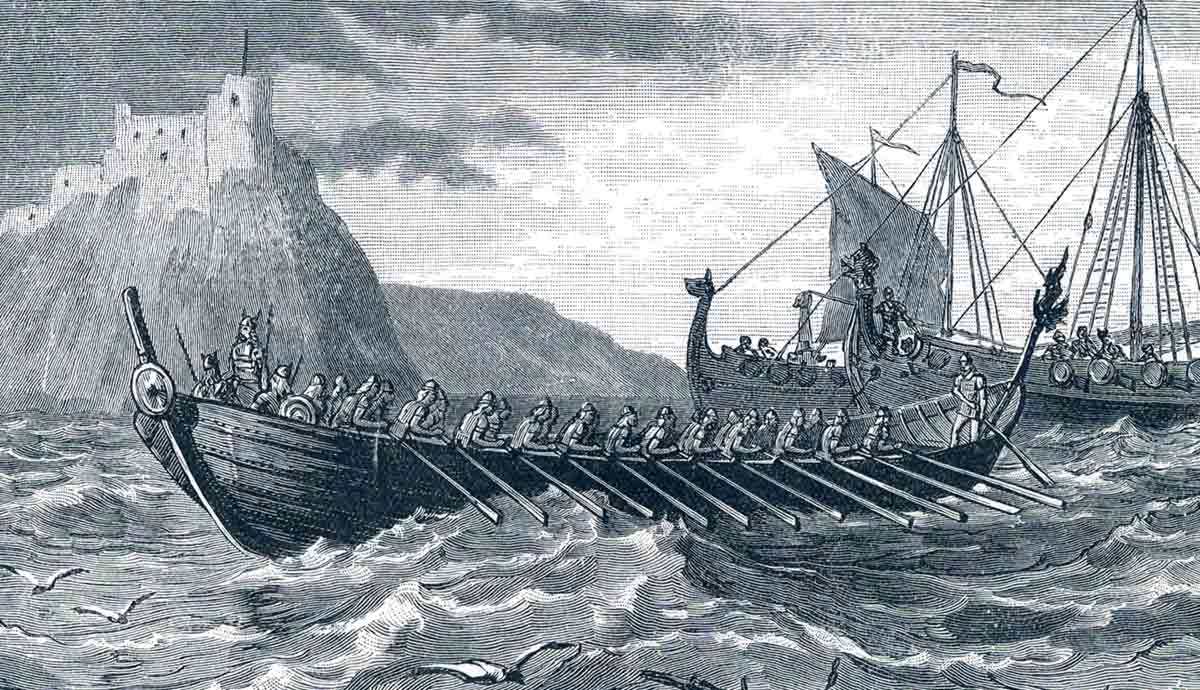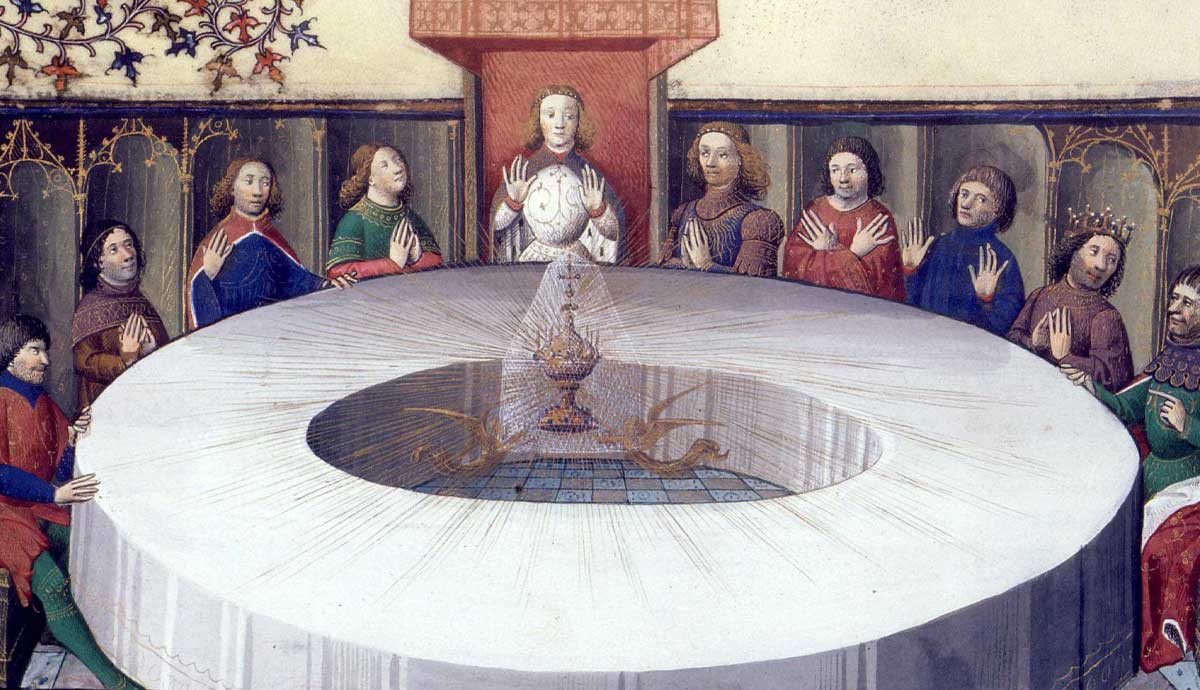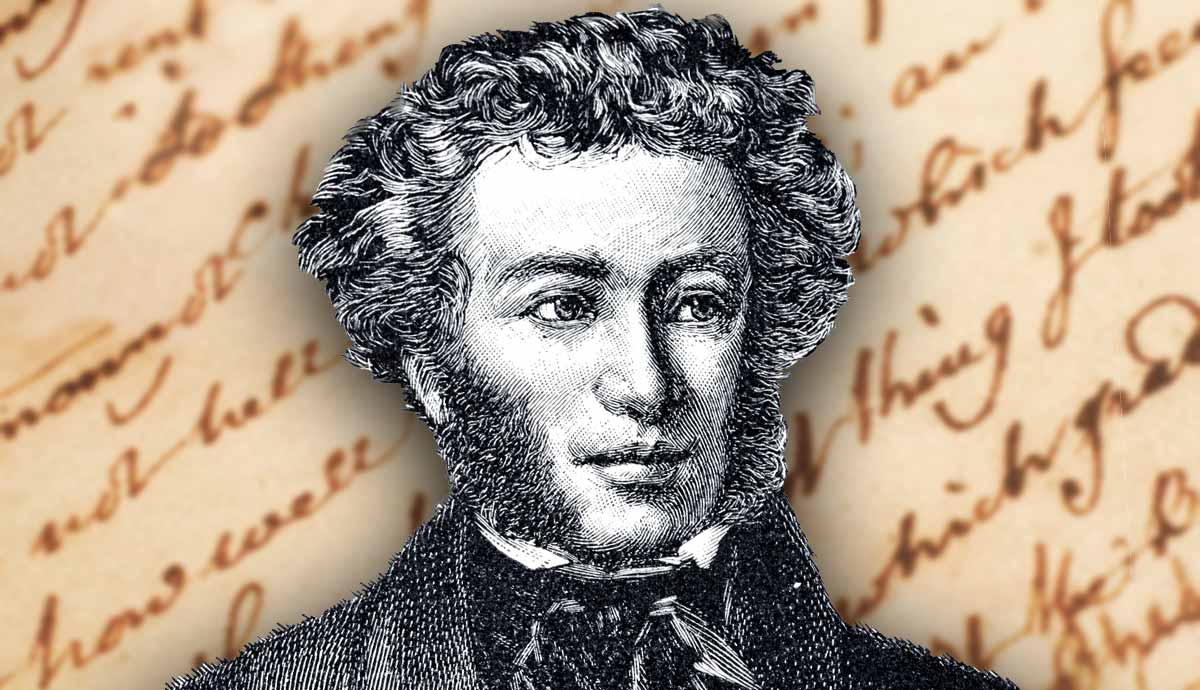
The author of literary classics such as Eugene Onegin and The Queen of Spades, Alexander Sergeyevich Pushkin (1799-1837), is widely regarded as Russia’s greatest poet. While the Pushkin family was of Russian noble stock, Pushkin’s mother was of African descent. Her grandfather, Abram Petrovich Gannibal, was a Black African servant and godson of Peter the Great who became a military engineer and was granted aristocratic privileges later in life. Read on to find out more about the Gannibal family and its links to Pushkin.
“The Moor of Peter the Great”

Throughout his reign, Tsar Peter the Great of Russia sought to modernize his country and increase Russia’s prestige on the international stage. While much of this involved the acquisition of new technology and expertise from Western Europe, Peter was also intent on emulating European courts.
At the beginning of the 18th century, Black African servants were regarded as a status symbol for European monarchies. Unlike Spain, France, or Britain, Russia did not have a maritime empire and was not involved in the Atlantic trade of African slaves. In 1704, Peter sent instructions to the Russian ambassador in Constantinople, Count Pyotr Tolstoy, to acquire some African boys for him. While later accounts suggested that the Russians bought or were gifted two boys by the sultan, there is also compelling evidence that they were abducted.
In June 1704, Tolstoy’s associate, Savva Raguzinsky, brought the two boys overland to Russia. One died of illness on the journey, but the other survived and arrived in Moscow in November. The tsar was away in the north fighting the Swedes in the Great Northern War and did not return to the capital until December when he saw the young boy for the first time.
The tsar asked the eight-year-old boy about the Ottoman court and was impressed by his intellectual abilities and command of the Russian language. Thenceforth, the boy accompanied the tsar wherever he went, and in July 1705, he was baptized Abram Petrovich at St Paraskeva’s Church in Vilnius, Lithuania, with Peter standing as godfather.

In 1717, Abram accompanied the tsar on an embassy to the court of the young King Louis XV in France. When Peter returned to Russia, Abram remained behind in France to study military engineering. He saw action in French uniform against the Spanish in the War of the Quadruple Alliance in 1719, where he received a self-inflicted head wound. In 1720, he enlisted at the new artillery academy at La Fère, and in 1722 was transferred to the artillery school at Metz founded by the Marquis de Vauban, the legendary French military engineer.
It was in France that the young man adopted the name Gannibal, the Russian form of Hannibal. In Paris, he is supposed to have met with Montesquieu and Voltaire, who called him “the dark star of the Enlightenment” (Barnes, p. 4). These and other tales formed the basis of Pushkin’s unfinished novel The Moor of Peter the Great, a work of historical fiction inspired by his great-grandfather’s extraordinary life.
While in France, Gannibal invested in John Law’s Mississippi Company and was heavily indebted when the company collapsed in 1721. This compelled him to write to Peter to request permission to return to Russia and for financial support to clear his debts. After his return, Gannibal was enthusiastically received by his godfather, who asked him to translate texts from foreign languages into Russian. In 1724, Gannibal was involved in construction work at the fortress of Kronstadt, which served as the base of the Russian Baltic Fleet near the new capital of St. Petersburg. He also helped General Burkhard Christoph von Münnich complete the costly Ladoga Canal near the capital.
An African Prince?

Gannibal’s origins have become the source of considerable debate. According to a biography by Gannibal’s son-in-law, Adam Rotkirkh, Gannibal was the direct descendant of his namesake Carthaginian general. His father was a Muslim prince from Abyssinia, who was sent to Constantinople as a hostage of the Ottoman sultan. The boy remained at the court of Sultan Ahmed III for around a year before the sultan gifted him to Tsar Peter in 1704.
While the idea of Gannibal’s descent from Hannibal has long been regarded as fanciful, he was widely believed to have been born in Abyssinia, modern-day Ethiopia. However, since Abyssinia was a Christian kingdom and there were no Muslim principalities, Rotkirkh’s account has been challenged.
A clue to Gannibal’s origins comes from the man himself as part of his application for a noble title in 1742. While he admitted that there were no paper records available to prove his ancestry, he stated that his father was the ruler of the city of Lagone and two other cities.
Over the centuries, researchers have made many attempts to track down the whereabouts of Lagone, with some placing it at Logo-chewa in Eritrea. Gannibal’s biographer Hugh Barnes endorses a theory from the Beninese historian Dieudonné Gnammankou that Gannibal came from Logone-Birni to the south of Lake Chad in Cameroon. As a further piece of evidence, Barnes received confirmation on the ground that Gannibal’s enigmatic motto Fummo means “Homeland” in the local Kotoko language (Barnes, p. 55).
Engineer and Aristocrat

After Peter’s death in 1725, Gannibal remained on good terms with the new ruler, Peter’s widow Empress Catherine I. However, he was considered suspect by the late tsar’s friend and close associate, Alexander Menshikov, who was the power behind the throne. After Catherine’s death in 1727, Menshikov sent Gannibal into Siberian exile.
In 1730, his fortunes improved when his friend Count von Münnich assumed command of the army and appointed Gannibal to command the garrison at Tobolsk. This was the first step to his rehabilitation, and he was soon recalled to Pärnu in Estonia to assist in the construction of military fortifications.
Gannibal retired to his estate in 1733, where he remained for the next eight years. According to a well-known tale, while calling on his acquaintance Vasily Suvorov in 1740, Gannibal encouraged Vasily’s 11-year-old son Alexander in his ambitions to become a soldier. He returned to government service in the summer of 1741 when he was appointed commander of the garrison at Reval, present-day Tallinn in Estonia. He retained his post when Peter the Great’s daughter Elizabeth became empress in December. He was then recognized as a member of the Russian aristocracy in 1742.
Gannibal remained at Reval for over a decade before he was recalled to St. Petersburg and appointed overall commander of Russia’s fort artillery, during which he carried out early experiments with rocket-propelled projectiles. In 1759, he was promoted to the rank of general-in-chief (the second highest rank in the Russian army below field marshal) and given authority over inland waterways. He worked with the Russian polymath Mikhail Lomonosov to produce a plan to connect the Baltic Sea with the Black Sea, which was later realized in the 19th-century Volga-Baltic canal system and the 20th-century Volga-Don Canal.
Ivan Gannibal

Abram Petrovich Gannibal had ten children with his second wife, Christina Regina Siöberg, whom he married in 1736. At the time, he was still married to his first wife, Evdokia Dioper, the daughter of a Greek naval officer in Russian service. The pair had been married in 1731, but Evdokia soon had an affair with one of Gannibal’s subordinates and gave birth to a white child. An infuriated Gannibal sought a divorce, which was only granted in 1753.
Abram’s death in 1782 at the age of 86 left his son Ivan Gannibal as the head of the family. Born in 1735, Ivan served in the Russian Navy with distinction during the Russo-Turkish War of 1768-1774. In April 1770, he successfully captured the fortress of Navarino (the Greek port now known by its ancient name of Pylos) after a two-week siege. He also distinguished himself at the Battle of Chesme in July, where he served as an artillery commander and ordered the construction of four fireships which wreaked havoc on the Ottoman fleet.
In 1777 Gannibal became a member of the Russian Admiralty Board. In the summer of 1778, he was posted to Kherson in Ukraine, where he completed the construction of the fortress and founded the surrounding city. He retired from the navy in 1784 with the rank of general-in-chief, attaining the same degree as his late father.
The Gannibals and the Napoleonic Wars

The third generation of the Gannibal family continued to serve in the Russian military during the Napoleonic Wars. Four sons of Abram Petrovich’s youngest son, Isaak Abramovich Gannibal, are known to have served during the conflict. Pavel Isaakovich Gannibal initially served as a naval officer before being transferred to the army. He fought at Austerlitz in a grenadier regiment and was promoted to captain.
After leaving the army, he joined the St. Petersburg militia as a cavalryman and saw action in the latter stages of Napoleon’s invasion in 1812. He remained with the army in the 1813-1814 campaigns and fought at Leipzig as part of Bernadotte’s Army of the North. His younger brother, Alexander Isaakovich, served alongside him and was killed at Leipzig.
In 1817, Pavel Gannibal met his 17-year-old cousin Pushkin for the first time at a ball. The two men got on well until Pavel stole one of Pushkin’s dance partners, prompting the impetuous young poet to challenge him to a duel. Pavel quickly apologized to his teenage relative, and the pair reconciled. In 1826, Pavel was arrested on suspicion of being sympathetic towards the Decembrists and spent five years exiled to the notorious Solovetsky monastery in the Arctic Circle.
Dmitry and Semyon Isaakovich Gannibal both served in the artillery in 1812 and saw action at the Second Battle of Krasny in November, where Kutuzov’s army inflicted a major defeat on Napoleon’s retreating Grande Armée. Any further details of their military service are patchy, though after retiring from the army in 1830, Semyon became a civil servant in the War Department.
Petrovskoye and Mikhailovskoe

When Abram Gannibal entered the ranks of the Russian nobility in 1742, he was given the estates of Petrovskoye and Mikhailovskoye, some 60 miles to the south of Pskov in northwestern Russia. Mikhailovskoye eventually came into the possession of Pushkin’s mother, Nadezhda Osipovna Gannibal, the daughter of Abram’s son Osip. Nadezhda married Sergey Pushkin in 1796, and the famous poet was born three years later, on June 6, 1799.
Born 15 years after Abram Petrovich’s death, Pushkin never knew his great-grandfather. His fascination with his African ancestry encouraged him to learn more about him from his Gannibal relatives. In 1817, he went to the neighboring Petrovskoye estate to pay a visit to the elderly Pyotr Gannibal, Abram’s second son, who gave him the unpublished biography of Gannibal by Rotkirch in German.
Between 1824 and 1826, Pushkin was exiled to Mikhailovskoye and was subject to government surveillance. During this period, he began work on his magnum opus, the novel-in-verse Eugene Onegin. After Pyotr’s death in 1826, Pushkin continued to visit his son Veniamin Petrovich Gannibal at Petrovskoye to find out more about the family.
Pushkin hoped to use the material from the Gannibals to write a biography of his illustrious ancestor, but despite his persistent efforts, he could not establish the facts to his satisfaction and abandoned the biography in 1827. He adapted his notes into the novel The Moor of Peter the Great but only managed to complete two chapters.
“Beneath My Africa’s Sky”

In addition to The Moor of Peter the Great, there are several references to Pushkin’s African roots in his poetry. In a postscript to his 1830 poem entitled My Genealogy, Pushkin counters rumors spread by the critic Faddei Bulgarin that Gannibal had come to Russia after being traded for a bottle of rum by a ship’s captain by identifying the captain as Peter the Great and asserting that his ancestor was “a Tsar’s confidant, and no slave.” The next quatrain celebrates the exploits of Abram’s son Ivan:
“He was the father of that Gannibal
Before whom, in the Gulf of Chesme
A fleet of ships burst into flames,
And Navarino fell for the first time.”
In a stanza from Book One of Eugene Onegin lamenting his exile at Mikhailovskoye, Pushkin writes:
“Will freedom come—and cut my tether?
It’s time, it’s time! I bid her hail;
I roam the shore, await fair weather,
And beckon to each passing sail.
O when, my soul, with waves contesting,
And caped in storms, shall I go questing
Upon the crossroads of the sea?
It’s time to quit this dreary lee
And land of harsh, forbidding places;
And there, where southern waves break high,
Beneath my Africa’s warm sky,
To sigh for somber Russia’s spaces,
Where I first loved, where first I wept,
And where my buried heart is kept” (Falen, p. 26).
While Pushkin died in a duel in 1837 without fulfilling his ambition to visit Africa, there is no doubt that he identified as part-African and was proud of his African heritage. Two centuries later, Pushkin is remembered not only as Russia’s national poet but as a Black writer of global significance.
Bibliography
Barnes, H. (2006). Gannibal: The Moor of Petersburg, Profile Books.
Pushkin, A. S. (1998). Eugene Onegin trans. James E. Falen, Oxford World Classics, Oxford University Press.
